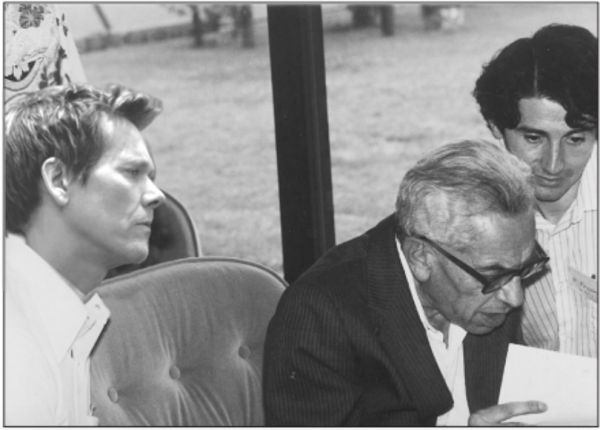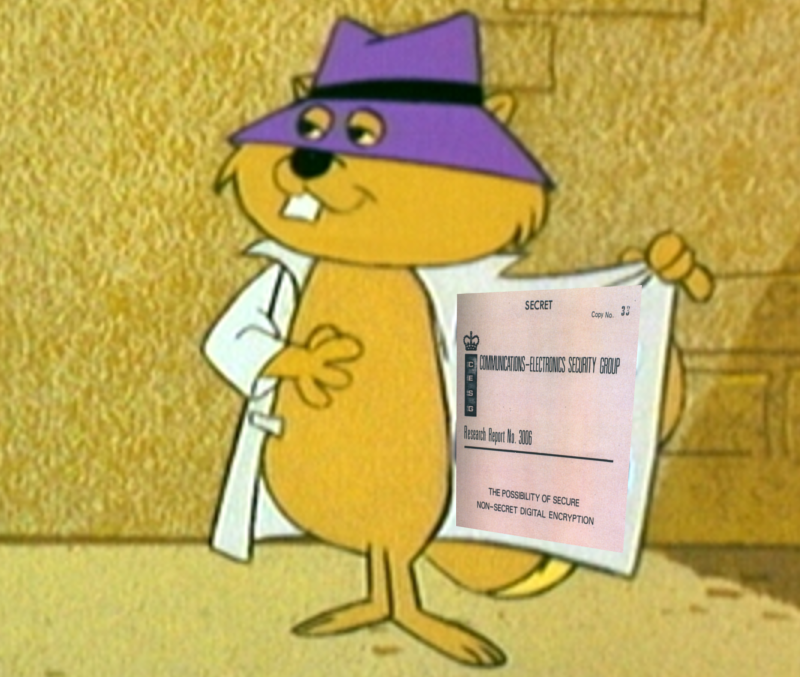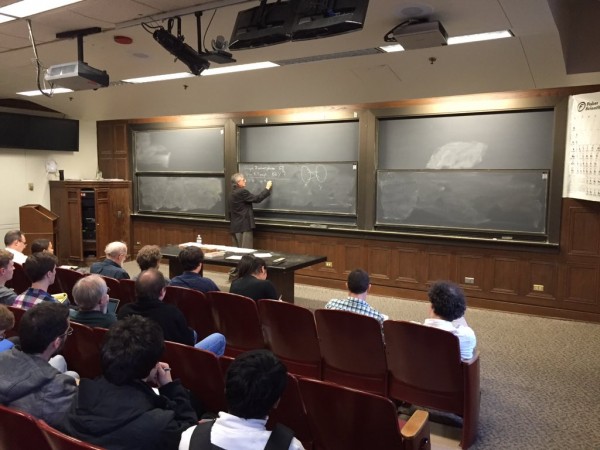Theorem: every 5-connected non-planar graph contains a subdivision of $K_5$.
The above statement, conjectured independently by Alexander Kelmans and Paul Seymour in the 70s, is very easy to say. And the video below, starring Dawei He, Yan Wang, and Xingxing Yu, makes it look very easy to prove:
It’s like they got Wes Anderson to film an academic PR video. In the normally uninspiring world of maths press releases, it’s quite refreshing. And the written press release is pretty snappy, too. Let’s not make this a thing, though.



